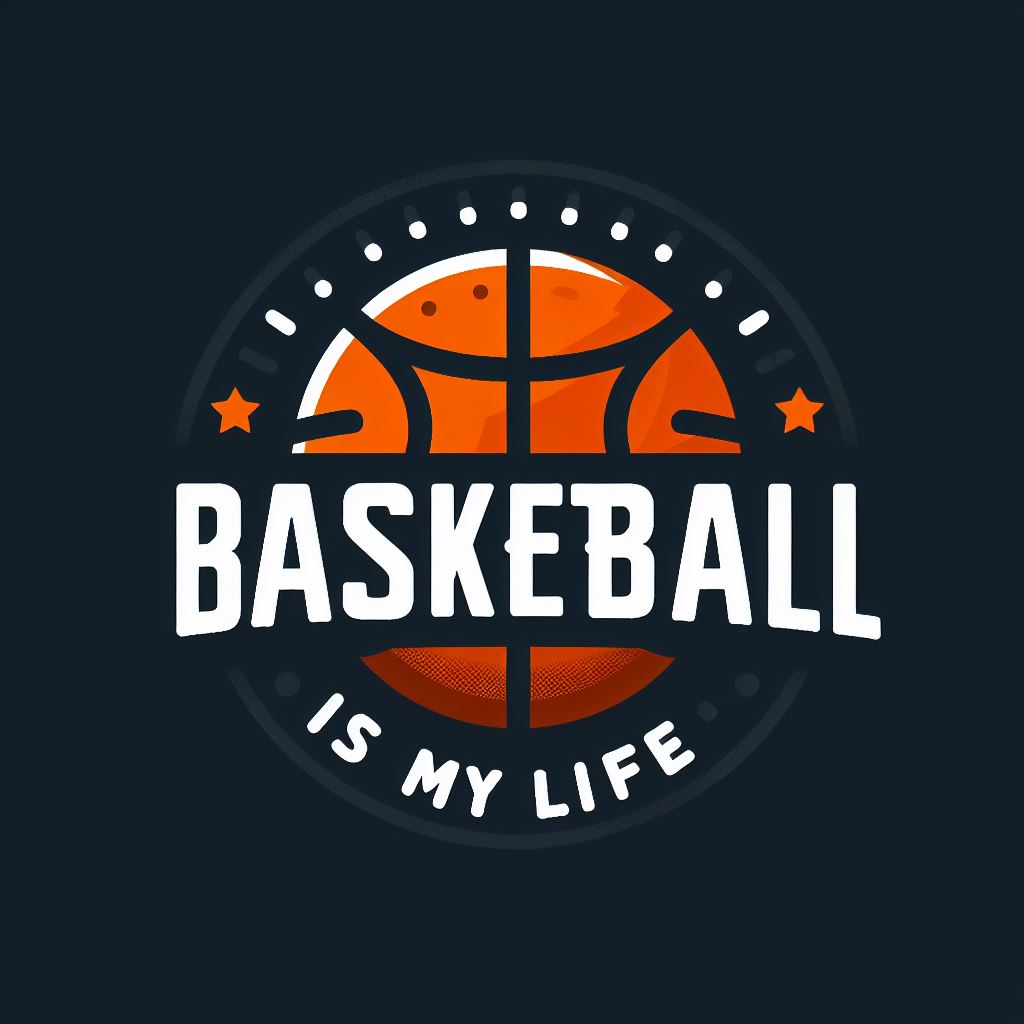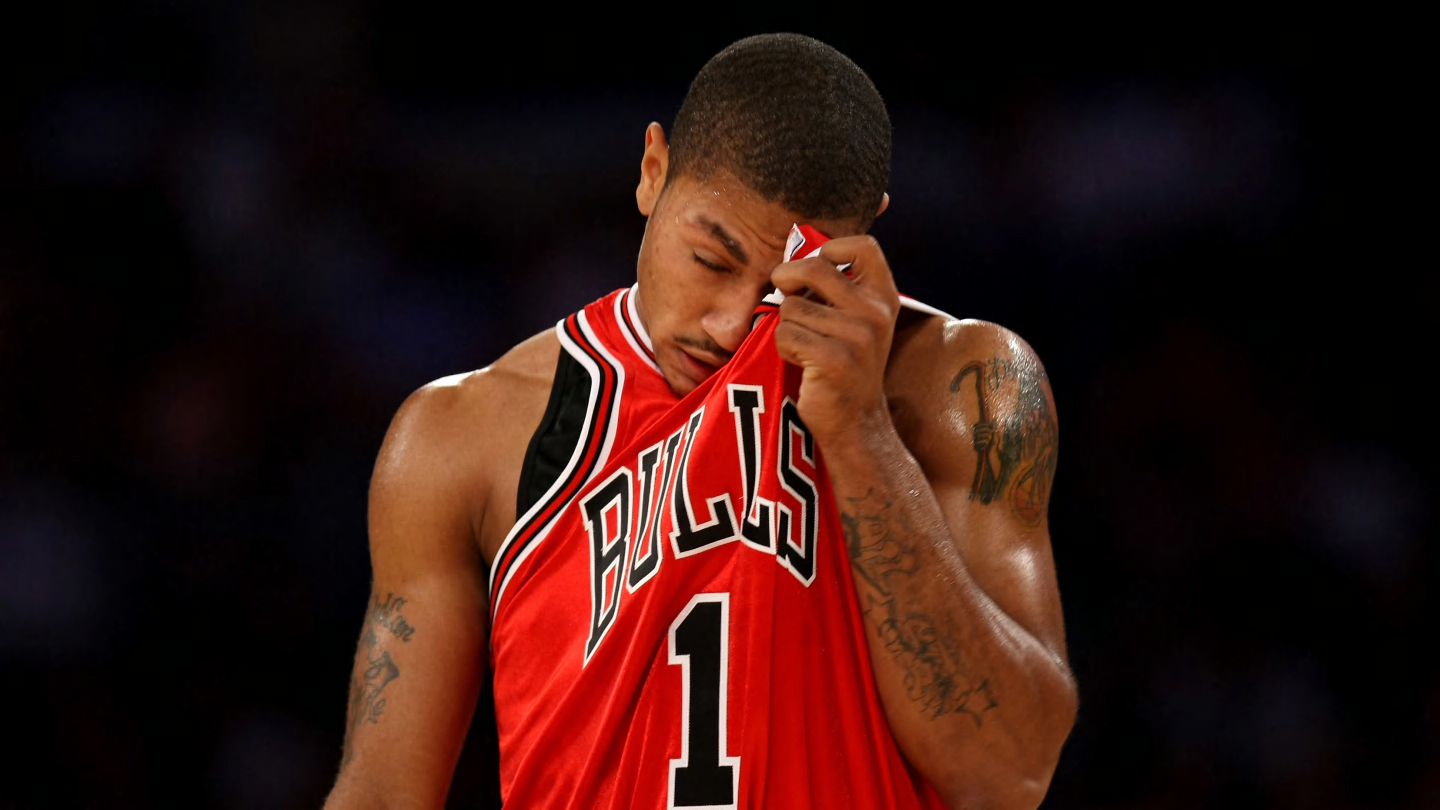The Chicago Bears are feeling good about the arrival of Caleb Williams. The franchise has hopefully found the playmaker it has been craving after decades of failed attempts. Hopefully, this will be the last year fans have to endure the Sunday afternoon chart that would show the painful number of quarterbacks the team has deployed over the last 30 years.
Just down the road from Madison, the Chicago Bulls have faced an eerily similar situation over the past decade and a half. In 2008, the Bulls managed to defy the odds and secure the first overall pick by selecting Derrick Rose. In just a few short years, the Bulls would enjoy their best run as a franchise since the Jordan era. Bulls faithful thought it would be a long run of success, but ultimately, the franchise’s peak had been reached. The D-Rose era was far too brief.
In 2012, the Bulls finished first in the Eastern Conference and were gearing up for another long postseason run to dethrone LeBron James. The plan came to an abrupt end when Derrick Rose suffered his first knee injury just after the playoffs began against the Philadelphia 76ers.
Related article. Michael Jordan dethroned in recent rankings of the best players of all time. Michael Jordan dethroned in recent rankings of the best players of all time.
It’s one of the biggest what-if scenarios in recent NBA history and Rose’s injury created a hole the Bulls haven’t been able to fill.
From that point on, the struggle to find the franchise’s starting point guard was real. First, there was the hope that Derrick Rose would rediscover his MVP form and make the Bulls a title contender again. They tried to fix that by bringing in players like CJ Watson, Kirk Hinrich (again), Nate Robinson, DJ Augustin, and Aaron Brooks in hopes that D-Rose would return to the helm at some point.
After the Bulls decided to part ways with Rose, they went through one broadcaster after another, but none held the position for very long. That list includes Rajon Rondo, Michael Carter-Williams, Kris Dunn, Denzel Valentine, Ryan Arcidiacono, Tomas Satoransky and Coby White.
In 2021, the Bulls committed $80 million to Lonzo Ball to shore up the position that had become a revolving door. The first real attempt at a long-term solution at point guard since drafting D-Rose. Arturas Karnisovas was aggressive in building a team he thought made sense. He brought in Nikola Vucevic and DeMar DeRozan to go with Zach LaVine with Lonzo Ball running the show. In theory, the plan made sense and seemed like it could work.
However, much like Derrick Rose, the Ball era began with a lot of promise, with the Bulls having the best record in the conference in January of that year. It would be the only time that this core would represent the Bulls as one of the best teams in the league. We are all too familiar with what comes next and the Bulls’ inability to perform at a consistent level over the last three years.
With Ball gone, the Bulls operated with DeMar and LaVine becoming the dominant guards with the ball while they tried to fill the spots with a combination of Coby White, Alex Caruso, Ayo Dosunmu, Patrick Beverly, Goran Dragic and Jevon Carter.
The Bulls have fielded 15 different point guards since Rose was injured in 2012. When Karnisovas decided to trade Alex Caruso for Josh Giddey, it shouldn’t have been that shocking to fans. Management’s attempt to find a solution to a long-term problem should be a primary focus. One wonders if Giddey is that player to provide the keys to the attack, but it represents the second substantial commitment to this position since 2012.

